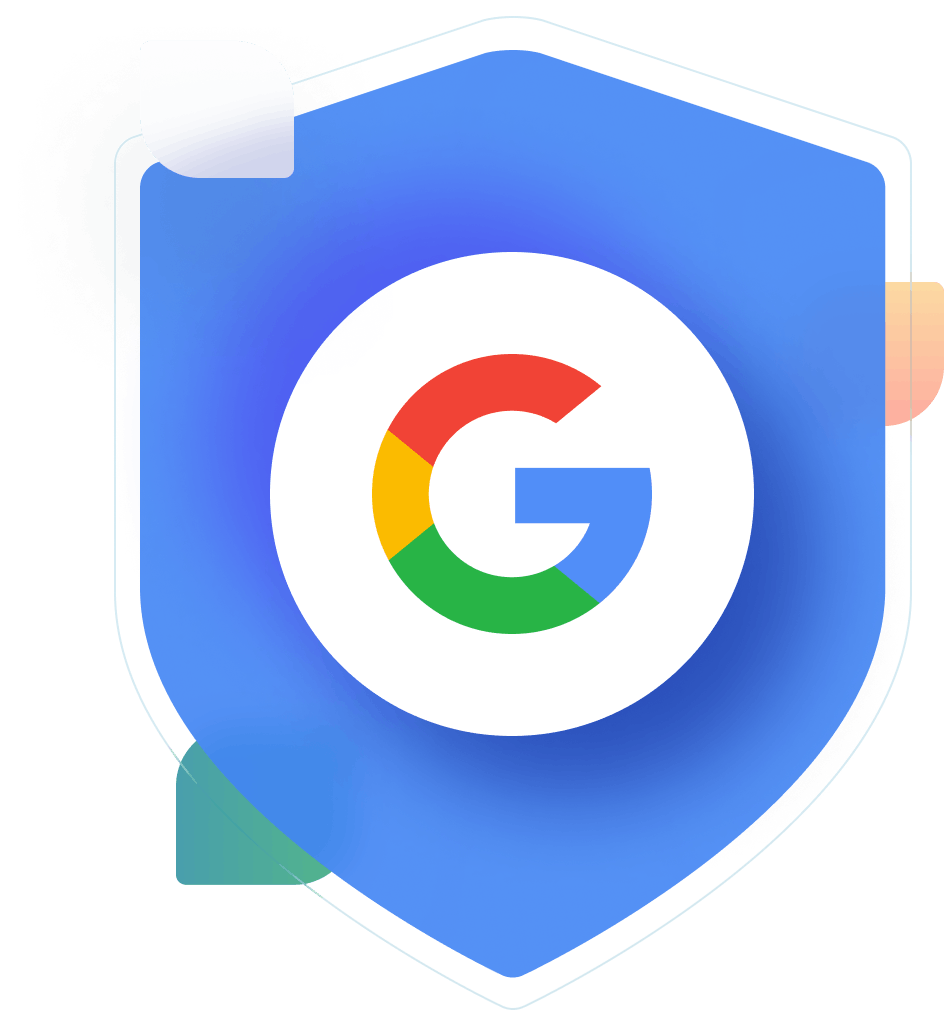Optimizing Conversions with Google Consent Mode Conversion Modeling for Google Ads
Explore Google Consent Mode Conversion Modeling – a free tool enhancing privacy-respecting insights for optimized Google Ads. Learn to implement, navigate user choices, and gain valuable data for impactful, privacy-conscious marketing.
As the digital landscape evolves, respecting user privacy has become paramount, especially in the context of Google Ads. Enter Google Consent Mode Conversion Modeling, a powerful tool that helps marketers bridge the gap between respecting user choices and gaining valuable insights for targeted Google Ads campaigns. But navigating this new territory can be tricky. This blog post explains what Google Consent Mode is, what conversion modeling does for your business, and how you can get started with Google Consent Mode.
What is Google Consent Mode?
Google Consent Mode is a tool that helps website and app owners, especially marketers, navigate the evolving landscape of user privacy and data collection. It's designed to:
- Respect user choices: Users can choose whether or not to allow cookies for ad tracking and other data collection purposes. Consent Mode communicates those choices to Google's tags and scripts, ensuring their behavior adheres to user preferences.
- Maintain data insights: Even when users opt out of cookies, Consent Mode provides marketers with valuable insights about their website or app performance. This is achieved through:
- Minimum data collection: Consent Mode allows limited data collection for aggregate analysis, even for users who opt out. This data doesn't contain individual user identifiers and respects user privacy. - - Conversion modeling: Google's AI analyzes data from users who consent to cookies to identify patterns and predict the likelihood of conversions for users who opt out. This fills in the missing pieces and provides a more complete picture of campaign performance.
- Simplify compliance: Consent Mode helps websites and apps comply with data privacy regulations like GDPR and CCPA by providing a clear and transparent way to manage user consent and data collection.
Here are some key points to remember about Google Consent Mode:
- It requires proper implementation on your website or app.
- It's included as part of the standard Google Ads and Analytics offerings.
- It's not a magic bullet, but a valuable tool for navigating the new privacy landscape.
- It's constantly evolving, so staying updated on the latest features and best practices is crucial.
What is Google Consent Mode Conversion Modeling?
Google Consent Mode Conversion Modeling allows you, as an advertiser, to understand how users who haven't given consent for personalized ads behave. It uses machine learning techniques to give you insights and actionable data while respecting user privacy.
When users visit a website with Google Consent Mode, they can choose whether or not to give consent for personalized ads. If a user decides not to give consent, Consent Mode Conversion Modeling comes into play to help you understand their behavior and optimize your marketing strategies.
Even if users don't give consent, Consent Mode Conversion Modeling still allows you to measure and attribute conversions. This means you can evaluate the effectiveness of your campaigns and make data-driven decisions based on the aggregated information. You'll gain valuable insights into how non-consenting users are performing, all while keeping their privacy intact.
By using Consent Mode Conversion Modeling, you can optimize your marketing spend, improve campaign measurement, and make informed choices that respect user privacy. It's a privacy-forward approach that helps you navigate the challenges of personalized advertising in a privacy-conscious environment.
How does it work?
Picture this: A potential customer visits your website, eager to explore your products. They're met with a consent banner, asking permission to track their journey for ad personalization. Hesitantly, they click "Opt Out," valuing their privacy above targeted ads. In the past, this would have been a dead end. You'd have no clue if they interacted with key product pages, added something to their cart, or ultimately completed a purchase. This is where Google Consent Mode Conversion Modeling steps in, not as a replacement for explicit consent but as a bridge across the privacy gap.
Here's how it works:
- Data Gathering: The AI analyzes data from users who do consent to cookie tracking. This includes ad interactions, website behavior, and ultimately, conversions (like purchases or sign-ups).
- Pattern Recognition: The AI sifts through this data, searching for hidden patterns and relationships between consented and unconsented user journeys. It learns how users who consent typically behave before converting,taking into account factors like demographics, browsing habits, and time spent on specific pages.
- Predictive Power: When an opt-out user embarks on a similar journey, the AI kicks into gear. It compares their behavior to the patterns identified by consenting users and calculates the probability of them converting,even without direct tracking.
Think of it like this: Imagine you're a detective investigating a missing piece of evidence. While you can't see the missing piece directly, you can analyze surrounding clues and witness statements to make a well-informed guess about what it might be. Consent Mode Conversion modeling operates on a similar principle, using available data and historical trends to paint a clearer picture of your campaign's hidden conversions.
What are the benefits of using Google Consent Mode Modeling?
By leveraging artificial intelligence and consented user data, consent mode conversion modeling offers a more accurate and comprehensive approach to measuring campaign performance. This innovative technique provides a range of benefits that revolutionize the way businesses understand and optimize their marketing efforts.
Here are some key advantages of using consent mode conversion modeling:
- Enhanced Campaign Measurement: Consent Mode Conversion modeling helps address the limitations of limited cookie data due to user opt-outs. By leveraging AI analysis of data from consenting users and historical trends, it provides a more accurate estimation of conversions for opt-out users. This leads to a more comprehensive understanding of campaign performance, even with restricted tracking capabilities.
- Deeper Insights: Consent Mode offers valuable insights into user behavior across different consent levels. By comparing user journeys, engagement patterns, and conversion rates between consenting and non-consenting users, it uncovers hidden trends and biases that traditional cookie-based tracking might miss. This enables a more nuanced understanding of a campaign's impact and aids in making data-driven decisions.
- Improved Attribution Accuracy: In a multi-touchpoint marketing landscape, accurate attribution is crucial for understanding the impact of different channels and tactics. Consent Mode helps by attributing conversions to the appropriate touchpoints, even for opt-out users, based on the modeled data. This ensures that the right channels receive proper credit for their contributions, leading to more effective budget allocation and targeted optimization efforts.
- Compliance with User Preferences: Consent Mode respects user privacy and preferences by providing an alternative approach to tracking and measurement. It allows users to opt out of traditional cookie-based tracking while still providing valuable insights through consented data. This helps businesses maintain compliance with privacy regulations and build trust with their audience.
- Future-Proofing Measurement Strategies: With the evolving landscape of privacy regulations and user preferences, consent mode conversion modeling offers a forward-looking approach to campaign measurement. By adapting to the changing data privacy landscape, it helps businesses stay ahead and continue to measure the effectiveness of their campaigns in a privacy-conscious manner.
Overall, consent mode conversion modeling provides more accurate campaign measurement, deeper insights into user behavior, improved attribution accuracy, compliance with privacy preferences, and future-proofing of measurement strategies. These benefits enable businesses to make informed decisions, optimize their marketing efforts, and maintain a respectful and trustworthy relationship with their audience.
Are there any limitations to consider with conversions with Consent Mode?
While consent mode conversion modeling offers significant benefits, there are a few limitations to consider:
- Sample Size: The accuracy of the modeled data depends on having a sufficient sample size of consenting users. If the number of users who provide consent is limited, the estimation of conversions for opt-out users may be less reliable.
- Assumptions and Generalizations: Consent Mode Conversion modeling relies on AI algorithms and historical trends to estimate conversions for opt-out users. These estimations are based on assumptions and generalizations, which may not capture the unique characteristics and behaviors of individual users accurately.
- Potential Bias: The insights derived from Consent Mode may still be subject to bias, as the consented user data used for modeling could have its own inherent biases. It is essential to interpret the findings with caution and consider the potential biases that may exist within the data.
- Limited Tracking Capabilities: Consent Mode Conversion modeling is a response to the limitations of traditional cookie-based tracking. However, it does not provide the same level of granular tracking and detailed insights that can be obtained from directly tracking user behaviors through cookies.
- Regulatory Compliance: While Consent Mode respects user privacy preferences and helps with compliance, it is crucial to ensure that the implementation of Consent Mode aligns with applicable privacy regulations and requirements. Businesses should stay updated on evolving privacy laws and guidelines to ensure ongoing compliance.
Can Google Consent Mode Conversion Modeling be used with any type of advertising platform?
No, unfortunately, Google Consent Mode Conversion Modeling isn't currently available for all advertising platforms. As of January 2024, it's primarily integrated with Google Ads and accessible to advertisers in the European Economic Area (EEA) and the United Kingdom.
However, there's good news on the horizon! Google is actively expanding the reach of Consent Mode Conversion Modeling to other platforms within its advertising ecosystem. Later in 2024, it's expected to be rolled out to:
- Campaign Manager 360: This will allow broader campaign management across platforms by incorporating insights from non-consenting users.
- Display & Video 360: This integration will enable advertisers to gain a more holistic view of campaign performance for display and video advertising, even with limited cookie data.
- Search Ads 360: With Consent Mode Conversion Modeling, Search Ads 360 users can gain valuable insights into search campaign performance for non-consenting users, leading to more targeted optimization.
While the broader availability is still to come, Google Ads remains the primary platform where you can leverage Consent Mode Conversion Modeling as of today.
Here are some additional points to consider:
- Eligibility requirements: To use Consent Mode Conversion Modeling in Google Ads, you must meet specific criteria, such as having minimum ad click thresholds and proper Consent Mode implementation.
- Continuous evolution: Google constantly updates and improves Consent Mode, so staying informed about the latest features and best practices is crucial.
- Alternative solutions: While Consent Mode Conversion Modeling isn't available for all platforms yet, other solutions can help you gain insights into user behavior, such as using aggregated data or partnering with data providers.
While its current reach is limited, its expansion to other platforms and continuous development hold significant promise for the future of data-driven marketing.
Is Google Consent Mode Conversion Modeling free?
Yes, consent mode conversion modeling is completely free to use for Google Ads users! It's included as part of the standard Google Ads offering, so you don't need to pay any additional fees to take advantage of its benefits.
How can I get started with Google Consent Mode Conversion Modeling?
If you're already using Google Ads conversion tracking with consent mode enabled, good news! Conversion modeling through consent mode is now available for you. This means you can gain deeper insights into your campaign performance, even for users who opt out of cookies.
Not using consent mode yet? Don't worry, you have two options to get started:
- DIY: Follow our clear instructions to implement consent mode yourself on your website.
- Get help: Secure Privacy's consent management platform takes care of crucial implementation steps for you, making it a breeze to get started. Secure Privacy is a certified CMP partner with Google.
Master Google Consent Mode V2: Key Steps
Unlock Google Consent Mode V2's potential:
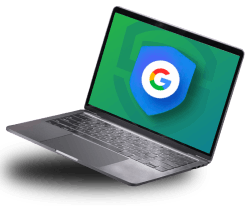
- Prepare your website
- Craft a seamless user experience
- Audit & optimize tags
- Stay ahead of the curve
Final thoughts
In conclusion, Google Consent Mode Conversion Modeling goes beyond just filling in the gaps caused by limited cookie data. It empowers marketers with deeper insights, data-driven decision-making, and a future-proof approach to campaign optimization, all while respecting user privacy and complying with evolving regulations. It's a valuable tool for navigating the new privacy landscape and building successful campaigns in the years to come.
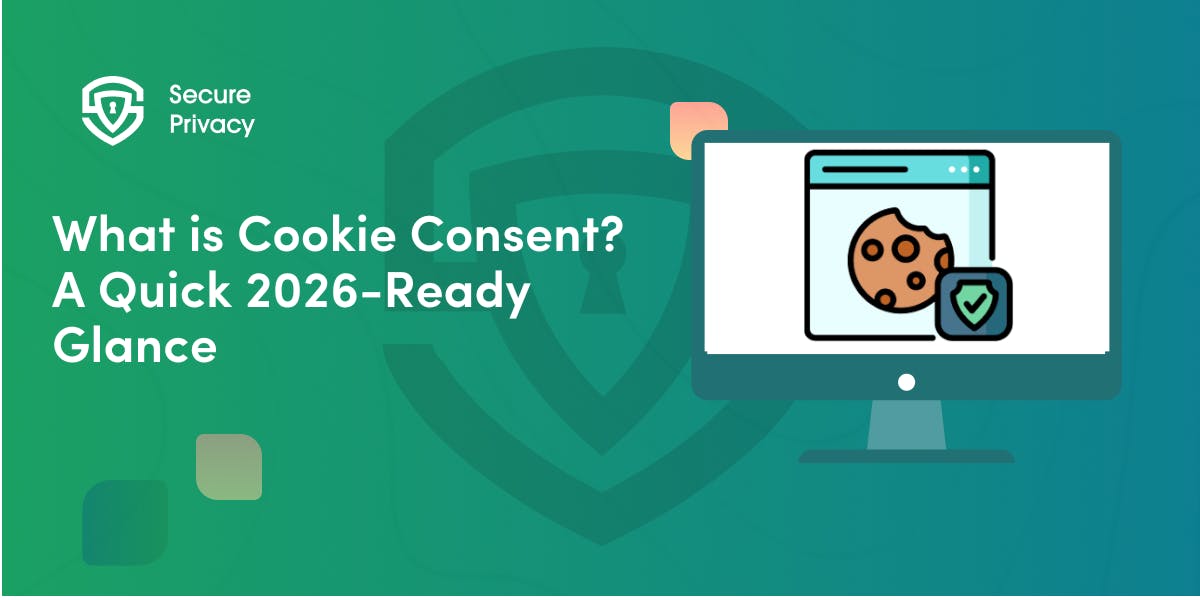
What is Cookie Consent? A Quick 2026-Ready Glance
Your website loads. Cookies track users. But without proper cookie consent, you're violating GDPR — risking fines up to €20 million or 4% of global revenue. Cookie consent is the legally required mechanism by which websites obtain explicit user approval before deploying non-essential tracking technologies. This requirement stems from GDPR Article 4(11) and the ePrivacy Directive, mandating that consent must be freely given, specific, informed, and unambiguous.
- Legal & News
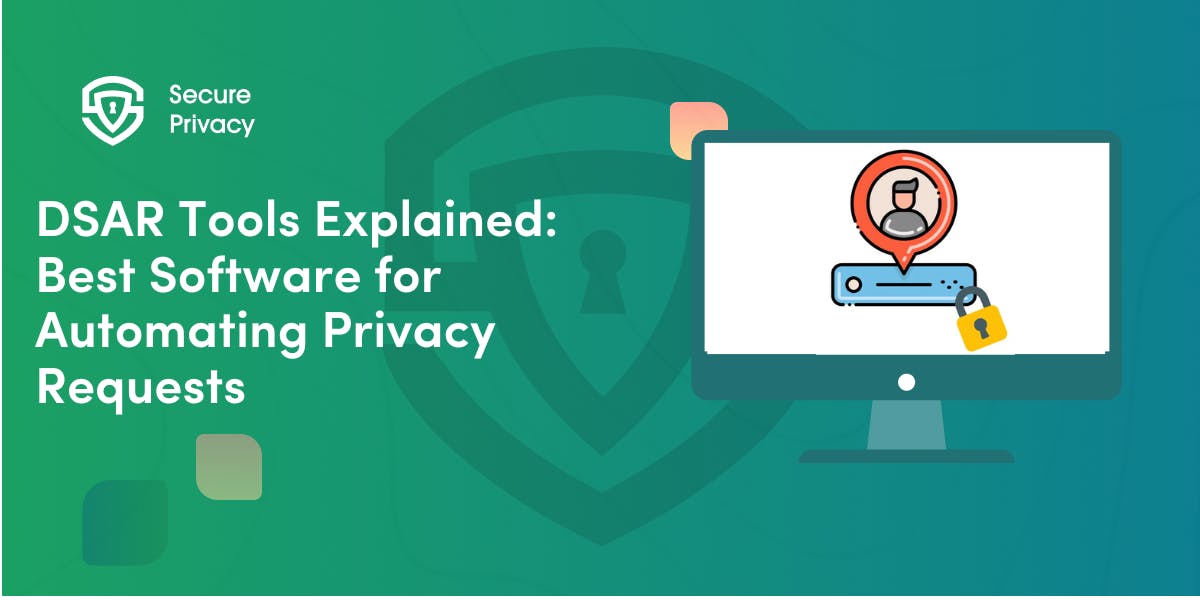
DSAR Tools Explained: Best Software for Automating Privacy Requests
You're drowning in data subject access requests. Manual searches through dozens of systems miss regulatory deadlines and expose organizations to fines starting at $2,500 per violation. The solution? DSAR tools — purpose-built software that automates the entire process of responding to data subject access requests, from intake to delivery.
- Legal & News
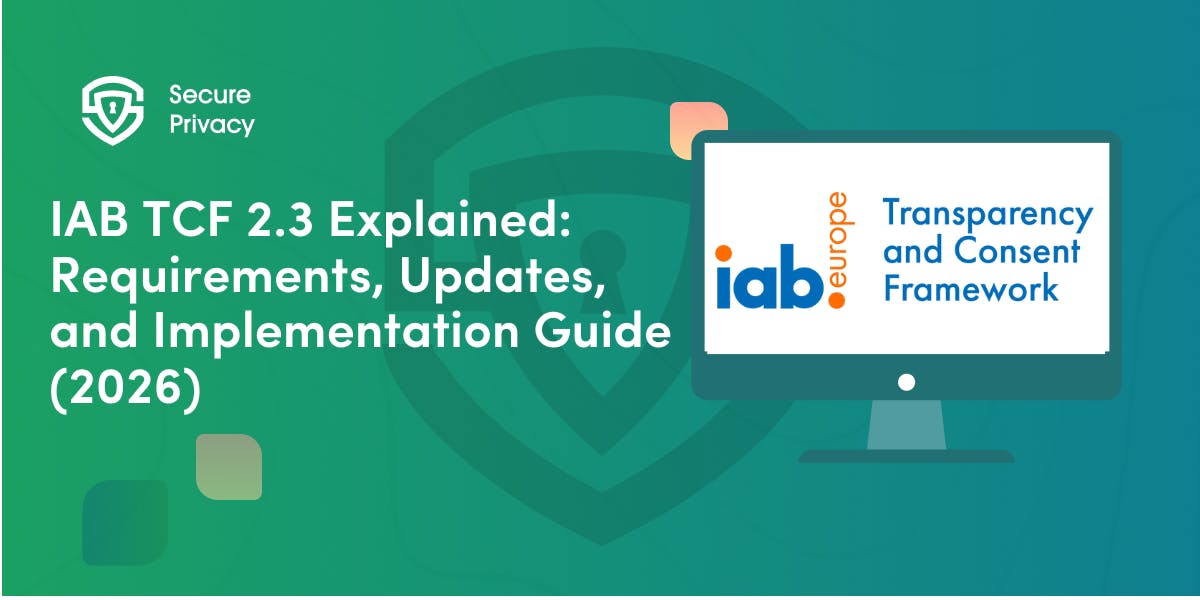
IAB TCF 2.3 Explained: Requirements, Updates, and Implementation Guide (2026)
Your ad revenue dropped 40% overnight. Google stopped bidding on your inventory. Your DSP partners flagged your traffic as non-compliant. The culprit? An outdated TCF 2.2 consent string after the February 2026 enforcement deadline.
- Legal & News
- Cookie Consent

